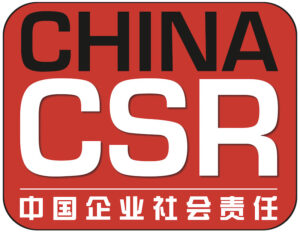Pharmaceutical company Bayer Schering Pharmaceuticals has pledged 1.5 million euros to develop hemophilia treatment centers throughout China.
Over the next five years, Bayer's donation will fund a variety of necessities and activities, including equipment and supplies, patient programs, educational materials, medical training, and nursing support. The Bayer China Hemophilia Treatment Center Development Project is a partnership between Bayer Schering Pharmaceuticals and the Chinese Society of Hematology to improve hemophilia care throughout the country.
Approximately one quarter of the world's hemophilia population (between 70,000 and 100,000 people) resides in China. While there has been tremendous progress over the past few years, the sheer size of the patient population makes diagnosis and treatment a significant healthcare challenge for the health authorities in China. Addressing this challenge will require a strong collaborative effort between the government, the Chinese hemophilia community, the World Federation of Hemophilia and industry partners such as Bayer. With timely diagnosis and proper care, people with hemophilia can live active, productive lives.
HTCs are designed to meet the unique needs of both patients and their families within a single treatment facility. By taking a comprehensive care approach — which seeks to address every aspect of patients' lives, including their physical, emotional and psychological well-being — treatment centers can lower patient morbidity and provide cost-effective care in the long term. In other countries, this model has greatly improved the quality of life for people with bleeding disorders, helping them to be more independent and productive. China currently has six Hemophilia Treatment Centers that are part of the Hemophilia Treatment Center Collaborative Network of China. These centers will be further developed and strengthened as part of this initiative.
Hemophilia A, also known as factor VIII deficiency or classic hemophilia is largely an inherited bleeding disorder in which one of the proteins needed to form blood clots in the body is missing or reduced. Hemophilia A is the most common type of hemophilia and is characterized by prolonged or spontaneous bleeding, especially into the muscles, joints, or internal organs. Approximately 400,000 people around the world have hemophilia A.

